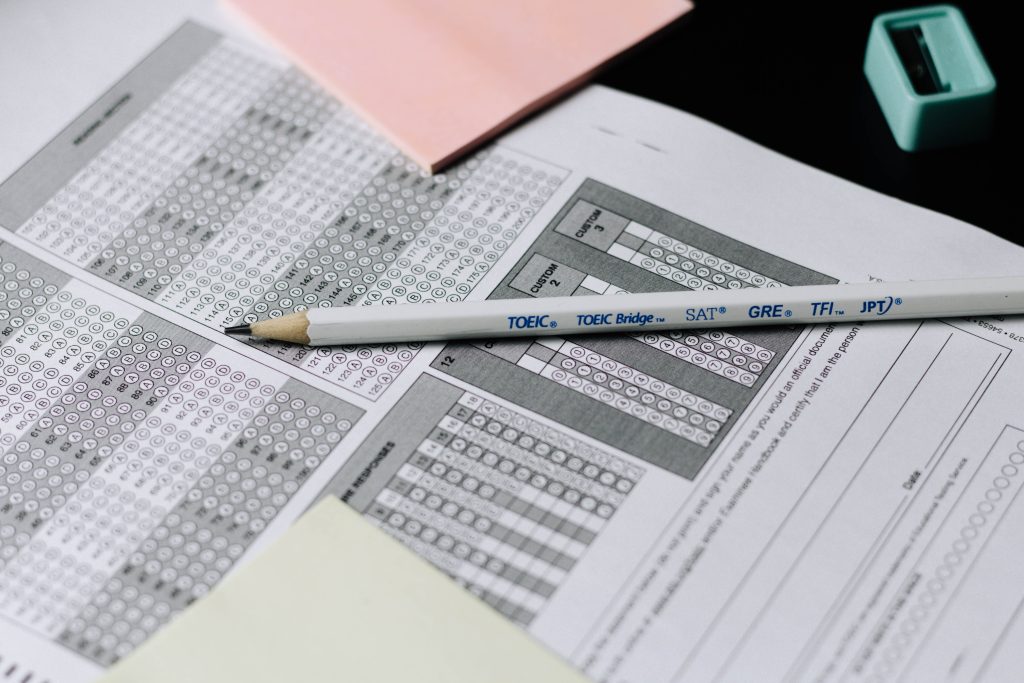Quality and pricing split
Opportunities tendered under the open procedure consist of two separate stages. Stage one centres on a pre-qualification/selection questionnaire, which ordinarily focuses 100% on the quality of case studies, responses, and compliance with minimum requirements. However, at the ITT stage, your submission will also be evaluated on the prices you propose for the services.
Each authority assigns a specific percentage weighting to both the quality of your written tender responses and how competitive your tender prices are. For example, an authority/buyer may choose to assign 70% of the evaluation criteria to pricing; meaning, if your written submission does not achieve a high score, you may still, in theory, be successful based on your pricing.
However, with authorities continuing to put more emphasis on quality weightings (with quality often accounting for up to 80% of evaluation criteria), it is not enough to only consider pricing when submitting a bid.
Evaluation criteria
All tender submissions are evaluated against evaluation criteria, which typically scale from 0 to 10 (or 0 to 5), with zero being a non-compliant response, and 10 being an exceptional response that goes beyond what the authority/buyer expects.
As standard, a copy of the tender evaluation criteria that will be used to mark your submission will be provided with the tender pack, enabling you to see exactly what the buyer/authority is looking for when evaluating your submission. It is essential that you read this before you start writing, as the criteria often contains specific guidance that may help in steering your response to a question set. For example:
- Tender evaluation criteria may highlight that more marks will be awarded to bidders who go above and beyond the requirements of the question, such as providing additional benefits or added value.
- Authorities may provide favourable indicators, which will inform you of exactly what evidence evaluators need to see in your response to a specific question, such as confirmation of certification/memberships (e.g. Constructionline).
- Certain questions may be weighted as pass or fail as opposed to 0 to 10, meaning you must comply with the requirements set out in the question – otherwise, your bid may be rejected outright.
Reviewing the criteria – and planning your responses with them in mind – is therefore essential to writing a high-quality response to each question.
How tenders are then evaluated
Using the tender evaluation criteria and weighting each response against the assigned quality/pricing split, your tender submission will then be carefully evaluated by the buyer’s evaluation team, who will review each response for compliance, quality and relevance.
Assuming your organisation has met the minimum requirements and submitted a compliant bid, the quality evaluation will often be split between a team of experts for a number of reasons:
- It allows the evaluation team to use their strengths and knowledge of the relevant subject matter to score the response fairly.
- Sharing the responses across an evaluation team can help to remove any unconscious bias a single evaluator may have.
- As the buyer will receive a large volume of submissions, it may be unrealistic to expect one evaluator to review hundreds of responses.
The scores awarded to each response will then be totalled, considering question-specific weightings and the overall weighting assigned to the quality questionnaire. Your quality score will then be added to your pricing score to give you an overall score – ordinarily out of 100.
Learning from evaluation feedback
Regardless of whether your tender submission was successful or not, feedback provided by the buyer/authority will justify their decisions, provide valuable guidance on how to improve your submissions going forward, and give you an opportunity to see the anonymised scores of your competitors.
Feedback should therefore be carefully reviewed and incorporated into the way you bid for future tender opportunities, enabling you to continuously improve your service.
For information on how we can support you to get the most out of your submission, contact us for a free quotation at info@executivecompass.co.uk.
